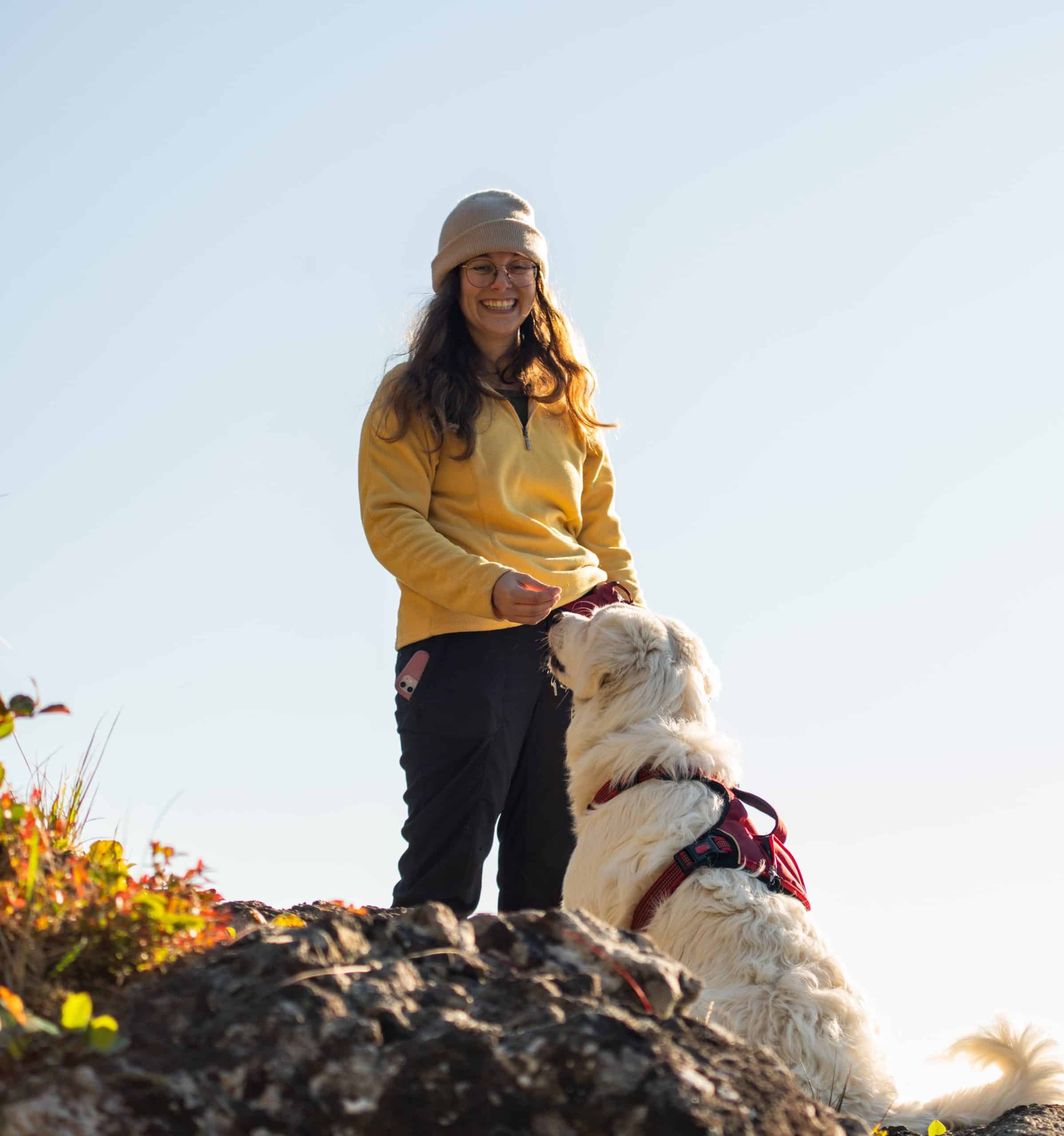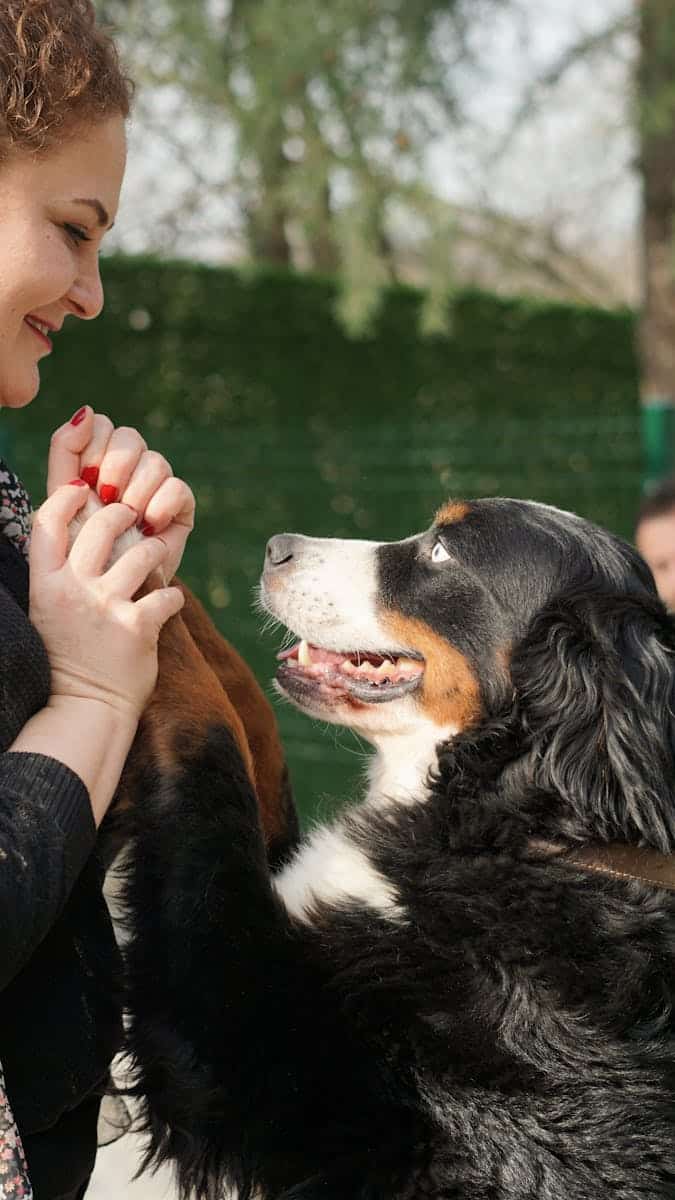If you find yourself facing the challenge of a dog with territorial behavior, fret not! We have just the solution for you. Our customized training plans are specifically designed to address the needs of dogs exhibiting territorial behavior. With our personalized training solutions, you can say goodbye to constant barking, aggression towards guests, and a restless furry friend. Let us help you create a harmonious living environment for both you and your beloved canine companion.
Understanding Territorial Behavior in Dogs
Territorial behavior is a natural instinct often displayed by dogs, wherein they become protective of their perceived territory. This behavior can manifest in various ways, such as barking, growling, and even aggression towards other animals or people who encroach upon their territory. Understanding and addressing territorial behavior is crucial for ensuring the well-being of your dog and maintaining a harmonious environment.
Common signs of territorial behavior
Dogs with territorial behavior may display various signs to protect their territory. These signs can include barking excessively when someone approaches their property, guarding specific areas of their home or yard, or even exhibiting aggressive behaviors like lunging or biting towards perceived intruders. It is important to recognize these signs early on to develop effective training strategies and prevent potential incidents.
Causes of territorial behavior in dogs
Territorial behavior in dogs can stem from a variety of factors. One of the primary causes is instinctual, as dogs naturally have a territorial nature to protect their resources. Additionally, past experiences such as trauma or negative encounters can contribute to the development of territorial behavior. Lack of socialization during their early years or inadequate training can also lead to an intensified territorial response. Understanding the underlying causes is key to formulating an appropriate training plan.

This image is property of images.pexels.com.
Importance of Customized Training Plans
For dogs with territorial behavior, a customized training plan is essential. Each dog is unique, and their training needs should be addressed accordingly. A one-size-fits-all approach may not be effective in modifying territorial behavior, as the triggers and responses can vary from dog to dog. Customized training plans take into account the specific needs and temperament of the dog, ensuring a more targeted and successful approach.
Benefits of customized training plans
Implementing a customized training plan tailored to your dog's territorial behavior offers several benefits. Firstly, it allows you to focus on the specific triggers and thresholds that cause your dog's territorial response. By addressing these individualized factors, you can effectively manage and potentially reduce the intensity of their territorial behavior. Customized training plans also provide the flexibility to adapt and modify techniques as needed, accommodating your dog's progress and growth throughout the training process.
Identifying Triggers and Thresholds
To effectively address territorial behavior in dogs, it is crucial to identify the triggers that initiate their territorial response. Triggers can vary from simply someone approaching the house to specific objects or noises. By identifying these triggers, you can proactively prepare your training plan to address each trigger individually. Additionally, recognizing your dog's thresholds – the point at which they transition from being calm to exhibiting territorial behavior – is vital. Staying below these thresholds allows for a more controlled environment and better training outcomes.

This image is property of images.pexels.com.
Positive Reinforcement and Behavior Modification
Positive reinforcement is a powerful tool when it comes to modifying territorial behavior in dogs. By using rewards and praise, you can reinforce desired behaviors and create positive associations. When your dog displays non-territorial behavior, such as remaining calm when someone approaches their territory, reward them with treats or verbal praise. This positive reinforcement strengthens the likelihood of your dog repeating the desired behavior, ultimately reducing their territorial response.
Reward-based training techniques
Reward-based training techniques are effective in modifying territorial behavior as they provide motivation and encouragement for your dog. Examples of reward-based training techniques include giving treats, playing with toys, or providing verbal praise. By consistently associating these rewards with non-territorial behaviors, you can encourage your dog to engage in more desirable actions, gradually diminishing their territorial response. Remember, consistency is key in reinforcing positive behaviors and modifying territorial behavior effectively.
Consistency and patience in behavior modification
When working to modify territorial behavior, it is essential to be consistent and patient. Consistency ensures that your dog receives clear and consistent messages, allowing them to understand expected behaviors. Similarly, patience is crucial as behavior modification takes time. Rome wasn't built in a day, and the same goes for changing your dog's territorial behavior. Be patient, celebrate small wins, and remain dedicated to the training process. With time and persistence, you will see positive changes in your dog's behavior.

This image is property of images.pexels.com.
Desensitization and Counterconditioning
Desensitization and counterconditioning are powerful techniques for reducing territorial behavior in dogs. Desensitization involves exposing your dog to the triggers that typically elicit their territorial response in a controlled and gradual manner. By gradually increasing their exposure to these triggers, your dog becomes desensitized, and their territorial response diminishes. Counterconditioning, on the other hand, involves pairing the triggers with positive experiences or rewards to create positive associations. This technique trains your dog to associate the triggers with positive outcomes, reducing their territorial response.
Gradual exposure and positive associations
When implementing desensitization and counterconditioning techniques, it is important to start with gradual exposure. Begin by exposing your dog to triggers at a distance or intensity that does not immediately trigger their territorial response. As they become more comfortable and relaxed, gradually increase the trigger's proximity or intensity. Through this gradual exposure, your dog can develop a more positive response to the triggers. Additionally, consistently pairing the triggers with positive associations, such as treats or playtime, reinforces the desired behavior and further reduces territorial response.
Creating a Structured Environment
Creating a structured environment is key to managing territorial behavior in dogs. A structured environment provides clear boundaries, routines, and rules, which can help alleviate your dog's anxiety and make them feel more secure. Establish consistent routines for feeding, walking, and playtime to create a predictable and stable environment. Implementing rules, such as not allowing your dog on furniture or establishing boundaries within the house, helps define their territory and facilitates better behavior management.

Implementing consistent routines and rules
Consistency is key when implementing a structured environment. Stick to the established routines and rules consistently to reinforce expectations for your dog. For example, if you establish a designated feeding time, ensure that you adhere to it daily. Consistency allows your dog to anticipate and understand the structure of their environment, which can help reduce anxiety and diminish territorial behavior. Consistency, combined with positive reinforcement, lays the foundation for a well-balanced and non-territorial demeanor.
Providing designated spaces for the dog
Providing designated spaces for your dog is an essential aspect of managing territorial behavior. These spaces can include specific areas in the house or a cozy crate that serves as their sanctuary. Designated spaces give your dog a sense of ownership and a secure retreat where they can retreat and relax. By respecting your dog's designated spaces and not encroaching upon them unnecessarily, you help reinforce their territorial boundaries and reduce the likelihood of territorial behavior.
Management Strategies for Territorial Dogs
For owners of territorial dogs, implementing proactive management strategies is crucial in preventing territorial behavior. Being proactive involves anticipating triggers and employing strategies to redirect your dog's attention away from potential triggers. For example, if your dog becomes anxious when strangers approach, you can distract them by engaging in an enjoyable activity or redirecting their focus with their favorite toy. By redirecting attention and providing distractions, you can effectively manage your dog's territorial behavior and maintain a calm environment.

Redirecting attention and distractions
When managing territorial behavior, redirecting your dog's attention can be an effective strategy. Whenever your dog shows signs of territorial behavior, divert their attention to a positive and engaging activity. This can include training exercises, playing with toys, or participating in interactive games. By redirecting their focus away from the trigger, you can help them shift their mindset and reduce their territorial response. Providing distractions not only helps manage their behavior but also strengthens the bond between you and your dog.
Managing interactions with visitors
Territorial dogs often exhibit heightened territorial behavior when visitors are present. To manage these interactions, it is important to set clear guidelines and expectations for both your dog and your visitors. Inform guests about your dog's territorial tendencies and provide instructions on how to interact with your dog appropriately. This can include avoiding direct eye contact, allowing your dog to approach them on their terms, or providing treats for positive association. By managing interactions and setting a calm and controlled environment, you can minimize the potential for territorial behavior during visits.
Collaborating with a Professional Dog Trainer
In some cases, it may be necessary to seek professional help to address and manage your dog's territorial behavior. A professional dog trainer specialized in behavior modification can provide insights, guidance, and expertise tailored specifically to your dog's needs. When selecting a trainer, ensure they have experience dealing with territorial behavior and a positive reinforcement approach. Collaborating with a professional allows for a structured and effective training plan to be developed, increasing the chances of success in modifying your dog's behavior.
When to seek professional help for territorial behavior
Knowing when to seek professional help is essential when dealing with territorial behavior in dogs. If your dog's territorial behavior becomes increasingly aggressive, uncontrollable, or poses a potential danger to others, it is crucial to consult a professional. Additionally, if your efforts to modify their behavior have been unsuccessful or you feel overwhelmed by the training process, seeking professional guidance can provide valuable insight and support.
Finding a qualified and experienced trainer
When looking for a professional dog trainer to help address your dog's territorial behavior, it is important to find a qualified and experienced individual. Look for trainers who have certifications or accreditations from reputable organizations and who specialize in behavior modification. Personal recommendations from friends, family, or your veterinarian can also aid in finding a skilled trainer. Take the time to research potential trainers, review client testimonials, and inquire about their approach to training before making a decision.
Working together to develop a training plan
Collaborating with a professional dog trainer involves working together to develop a comprehensive training plan that specifically targets your dog's territorial behavior. The trainer will assess your dog's triggers, thresholds, and behaviors to formulate a tailored approach. They will guide you in implementing training techniques, ensuring consistency, and making necessary adjustments throughout the process. By working together, you and the trainer can create an effective and structured plan to modify your dog's territorial behavior successfully.
Progress Tracking and Adjustments
Tracking progress is an integral part of behavior modification for territorial dogs. By monitoring your dog's behavioral changes over time, you can gauge the effectiveness of the training plan and make necessary adjustments as needed. Keep a journal or record to track any improvements or setbacks in your dog's behavior. If certain techniques are not producing desired results, consult with your trainer to modify the training plan accordingly. By staying committed to tracking progress and making adjustments, you can adapt the training plan to suit your dog's specific needs.
The importance of tracking progress in behavior modification
Tracking progress is crucial in behavior modification as it allows you to determine the effectiveness of the techniques employed. By objectively assessing your dog's behavior over time, you can identify patterns and trends that indicate progress. Progress tracking helps you understand which techniques are working well and which may need adjustments. This allows you to tailor the training plan to better suit your dog's needs, leading to more successful outcomes in modifying their territorial behavior.
Making necessary adjustments to the training plan
Behavior modification is not a linear process, and adjustments to the training plan may be necessary along the way. As you track your dog's progress, pay attention to any behaviors that may not be improving or situations in which their territorial response escalates. Discuss these findings with your professional trainer and work together to modify and adapt the training plan. Adjustments may include modifying techniques, intensifying training exercises, or implementing additional strategies to effectively manage your dog's territorial behavior.
Staying patient and committed to the process
Modifying territorial behavior can be a challenging and time-consuming process, requiring patience and commitment. It is important to remember that behavior modification takes time, and progress may not always be linear. Stay patient and celebrate small victories along the way. Maintain consistency in implementing the training plan and use positive reinforcement to encourage desired behaviors. By remaining dedicated and committed to the process, you will gradually see improvements in your dog's territorial behavior and develop a stronger bond and trust with them.
Conclusion and Final Thoughts
Customized training plans are essential for dogs with territorial behavior, as they address the specific triggers and responses unique to each dog. Understanding the underlying causes of territorial behavior, such as instinctual drives and past experiences, is crucial in formulating an effective training plan. By incorporating positive reinforcement, desensitization, counterconditioning, and creating a structured environment, you can successfully modify your dog's territorial behavior. When necessary, collaborating with a professional dog trainer provides expertise and guidance tailored to your dog's needs. Stay patient, track progress, and make adjustments as needed, and you will empower yourself to address and manage your dog's territorial behavior while building a stronger bond and trust with them.


